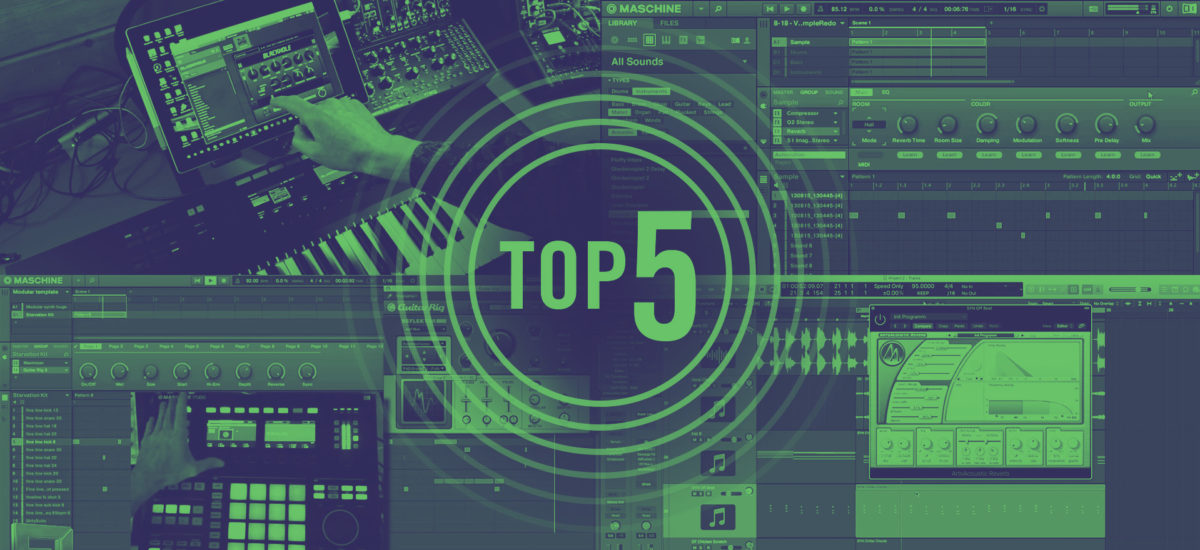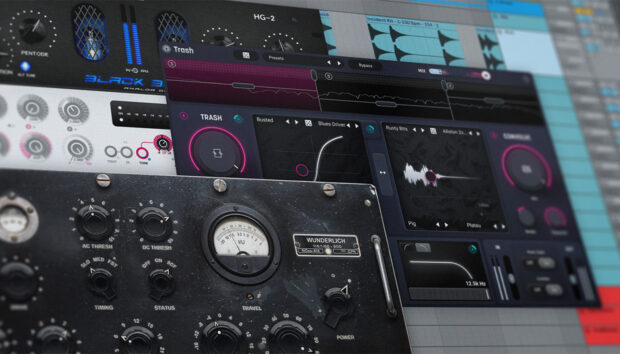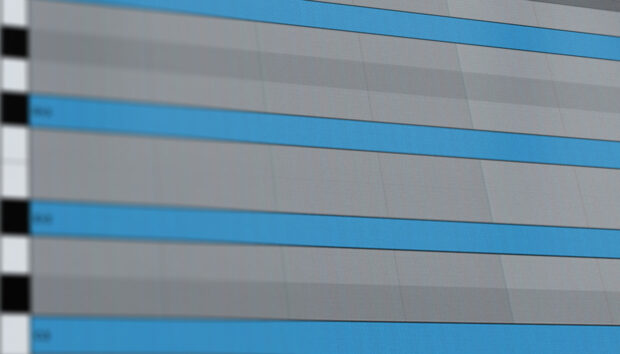
Getting that reverb sound right can be a tricky one. To help you improve your approach to reverb sciences Native Instruments compiled these five videos on how to utilize various reverb types in the creative process.
Two ways to think of reverb
Reverb has many uses but it is helpful to narrow it down to a few basic applications like adding a noticeable addition or as an understated effect. In this video ADSR provides insight into how to implement these different techniques and how they augment the character of the samples. In the first part of the video, several of the reverb parameters are turned up all the way to get an idea for how much these adjustments can change the sound. After that, it is used subtly to make space for the other elements in the mix. Transient Master is used to emphasise the sustain, or tail end of the snare. Lastly, the effect is applied on the group level and the Low Shelf parameter is turned up, not affecting the bass so the mix stays tight.
Modelling your space
Convolution reverb is the topic of the next video, which in this case is highlight using REFLEKTOR inside GUITAR RIG. This type of reverb is used in conjunction with impulse responses that replicate a physical space or hall for example, and in this video Ken Flux uses his own samples as impulse responses to make them, in his words, ‘sing’. After loading a loop into the reverb, you can hear how the drums have a tone — or note — and even change character depending on the sample played. Next he starts to improvise with the parameters and the result is a ghostly pad sound that sings along in the background.
NKS Kontrols the blackhole
NKS allows you to load and browse through many instruments and effects plugins from third party developers in order to provide seamless incorporation with the KOMPLETE KONTROL and MASCHINE hardware. In this video Molten Music Technology goes through multiple sounds and functions available with the Blackhole reverb form Eventide.
The freeze function is available not only on the Blackhole but also on many reverbs including the Iceverb in GUITAR RIG. Here it is used to sustain a reverb tail that could be used as an atmospheric layer in a track. After adding the REFLEKTOR delay to the effects chain it becomes clear why it is advisable to have a reverb coming after a delay in the effects chain.
Vocals in reverse
In this video Commoninterest shows how to create great effects with vocal samples using Grain Delay and Metaverb. By turning the mix parameter of the Grain Delay all the way to 100% the sample is fully affected, additionally it is pitched up three semitones. After a couple of more adjustments, another group is added and the Metaverb is inserted on the first pad. The vocal aux send is sent to the effect so it is possible to record it all in real time with the reverb tail sustaining on another pad. Finally by using the MASCHINE hardware, the sample is reversed and put in Link Group 1, a new pad is selected to record in and also put in Link Group 1. After making sure recording is done internally it results in a fade-in of the vocal that has the reverb tail on the front instead of the back.
Dos and donts
Choose whether you are using reverb as a mixing tool or a creative tool, and check how much reverb you’re using by letting it ring out after a loop is finished. These are just some of the tips given in the following video, as to when and when not to use video, with some points and directions as to how, and how not to use reverb in your music.















